Last Updated on October 9, 2024
Interested in foraging wild plants for food and homemade medicines? These books on foraging will help you confidently and correctly identify yummy foraged food for years to come. Here are some of the best foraging books to get you started on your adventures in wild edibles or to help you continue your foraging education. There’s always more to learn about wild herbs and foods!
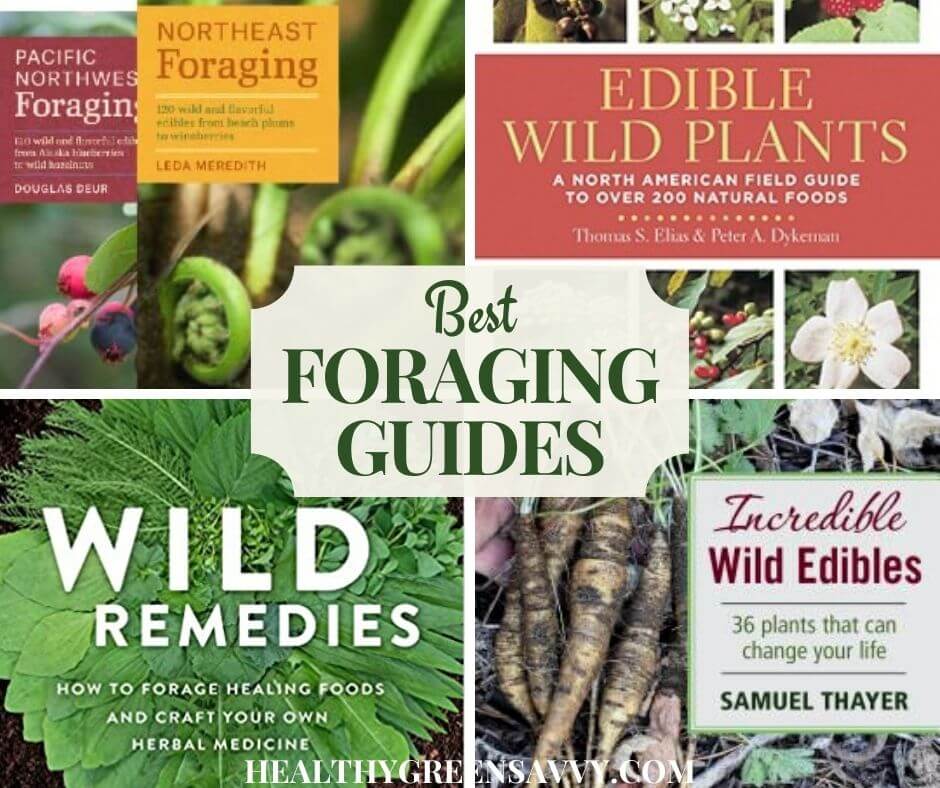
- THE BEST FORAGING BOOKS TO HELP DEVELOP FORAGING KNOWLEDGE
- BUILD YOUR FORAGING LIBRARY WITH THE BEST FORAGING BOOKS
- WHERE TO GET FORAGING BOOKS
- BEST FORAGING BOOKS
- Sam Thayer's Field Guide to Edible Wild Plants of Eastern and Central North America by Samuel Thayer
- Foragers Harvest, Nature's Garden and Incredible Wild Edibles by Samuel Thayer
- Identifying and Harvesting Edible and Medicinal Plants in Wild (and Not So Wild) Places by Steve Brill and Evelyn Dean
- Edible Wild Plants: A North American Field Guide to Over 200 Natural Foods by Thomas Elias and Peter Dykeman
- FORAGING BOOKS FOR SPECIFIC REGIONS
- BOOKS ON FORAGING MEDICINAL PLANTS
- FORAGING BOOKS ON MUSHROOMS
- COOKBOOKS FOCUSING ON FORAGED FOODS
THE BEST FORAGING BOOKS TO HELP DEVELOP FORAGING KNOWLEDGE
I’ve been foraging the edible weeds in my yard for years now and love knowing that a basic familiarity with edible wild plants means I can supplement our produce supply with lots of exciting wild greens and edible flowers. It’s a great way to eat seasonally, and it helps us get all sorts of valuable plant compounds we wouldn’t otherwise.
I remember many years back being tickled when I learned you could eat the dandelions so many lawn-loving neighbors spent hours eradicating. And then, through many sessions with my favorite foraging books, slowly learning about one plant after another that most people don’t realize are edible (and delicious and nutritious!) but are free for the taking all around us if we know what to look for.
Some of the top plants I’ve learned to forage for food, tea, or herbal remedies over the years:
- Dandelions
- Purslane
- Pine
- Spruce (and spruce tips)
- Wild violets
- Yarrow
- Ginkgo leaf (for ginkgo biloba tea)
- Goldenrod
- Wood sorrel
- Mulberries (plus mulberry tree leaf tea)
- Wild black raspberries
- Juneberries
We also gather Virginia waterleaf, plantain, cleavers, edible clover flowers, creeping Charlie, and honeysuckle flowers and make the most of the medicinal trees growing in our area.
These are mostly plants already growing in our tiny edible yard, and it’s a lot to keep up with, along with all the food we’ve planted there! I would go foraging further afield if I needed to and had time to spare. I occasionally harvest elderflowers, elderberries, and more purslane when I’m out getting veggies at our CSA.
There are so many more possibilities awaiting the forager searching for their next wildly delicious meal. These foraging books will open your eyes to a world of plants that will add interest and nutrition to your table. And with more of us seeking self-reliance, knowing how to safely find nutritious food in the wild is a skill worth pursuing and teaching to your kids.
Many of these valuable plants are also extremely useful for making simple home remedies for everything from bug bites to coughs and colds. Others are useful for supporting the immune system or alleviating stress. I’m constantly astounded how many plants growing in our yards can be put to use in the natural home apothecary.
Toward the bottom of this post you’ll find recommendations for excellent books on foraging that can teach you how to find and use the medicinal plants growing all around us.
If you’re interested in increasing foraging opportunities in your own yard, be sure to check out this info on perennial vegetables, growing fruit, and applying permaculture principles in your garden. Here are a bunch of gardening books for gardeners at all levels to help you on your way, and these permaculture books can help you make the most of perennial food gardening.
BUILD YOUR FORAGING LIBRARY WITH THE BEST FORAGING BOOKS
Below are the best foraging books I’ve found among the dozens I’ve consulted over the years. Note that they focus on edible and medicinal plants of North America, but you can also find some books on foraging specific to your region or other parts of the world. Many plants described in foraging books grow on several continents.
One of the best ways to learn about foraging in your area is to go with a veteran forager who can show you where to find different edible plants and how to correctly identify them. One of my favorite foraging experts, “Wildman” Steve Brill, gives tours in the New York City area from March to December. I’d love to take one someday!
You might find local classes as well, or you can take one online, like the Herbal Academy’s online foraging course, which teaches plant identification and ethical wildcrafting practices. They offer a fantastic array of classes on using herbs as well. Here’s a list of the courses they’re currently enrolling.
Even after you’ve taken classes, you’ll want some good books on foraging to consult from time to time, either to remind yourself of a plant you haven’t seen in awhile, or to help you explore new plants or identify those you don’t already know. I love flipping through the larger books to learn about plants I don’t yet have in my foraging repertoire.
You’ll notice that some foraging books cover hundreds of plants, while some stick to 15-30. It’s helpful to have both kinds — one for guiding you in detail through foraging certain common plants, and a big compendium to introduce you to scores more or to consult when you stumble across something new.
Excited to learn about some of the wild plants you can forage in your neck of the woods? Check out these useful and inspiring foraging books!
WHERE TO GET FORAGING BOOKS
The links to foraging books below go to two places: Bookshop.org, which gives 10% to independent booksellers, and Amazon. If you love the idea of supporting independent booksellers with your book purchases, do check out Bookshop.org.
BEST FORAGING BOOKS
If you’re just starting, getting a user-friendly guide to foraging with careful attention to detail and quality photos is important, but you also want to get a sense of the wide range of edible wild plants available to you. Foraging books with large numbers of plants tend to lack enough detailed photos for positive identification, while those with plentiful photos tend to cover fewer plants.
The solution: Get a big foraging guide and at least one of the more detailed guides. If I were just starting a foraging book collection, I’d begin with Steve Brill’s Identifying and Harvesting Edible and Medicinal Plants and one of Thayer’s foraging guides, or perhaps Wild Remedies by herbalists Rosalee de la Forêt and Emily Han. Flipping through Brill’s guide will boggle the new forager’s mind with hundreds of wild plants most of us don’t realize are edible.
For a compact foraging guide you can carry on foraging expeditions that still covers a good range of plants, consider Elias and Dykeman’s Edible Wild Plants or one of the smaller guides covering your region, like those by Teresa Marrone, both described in the entries below.
2023 update: Samuel Thayer (author of some my top picks in the section below) has just published an incredible new book that does it all — hundreds of detailed plant descriptions with photos all in one volume. This is THE book to have on your shelf, even if your shelf is already full of foraging books.
Sam Thayer’s Field Guide to Edible Wild Plants of Eastern and Central North America by Samuel Thayer
If you’re only going to buy one foraging guide, THIS is the one you want. If you already have a shelf full of foraging guides, you also want this. I’ve never found a foraging guide with more information jammed into its pages.
I have turned to Thayer’s books over and over again through the years, but this one will keep me busy for the rest of my life. Plus if you don’t find straight up plant information enough entertainment, Thayer’s irrepressible humor shines through often. You will especially enjoy “The Best Index,” different from the *Regular Old Boring Index* (his words) which includes helpful categories about which are the best greens to fry versus eat in a salad, which make the best survival foods, and my favorites, the best things to feed a first date and the best things to avoid feeding a first date.
On top of hundreds of pages of plant descriptions and a novel way to identify plant types, Thayer includes a super-useful calendar of foraging that he has separated out by habitat, so you can pick the habitat you find yourself in and scan through things to keep an eye out for during the different seasons. Really genius.
I can’t say enough good things about this book!
One word of warning: All that info means the book has to weigh quite a bit (3.4 pounds), so if you’re looking for something lightweight to take on your next foraging outing, you’ll want to get a less comprehensive but also less heavy book like The Peterson Field Guide (11 ounces) or Edible Wild Plants (1.1 pounds) to take with you, then consult Thayer’s book when you return.
Get your copy at Bookshop.org or on Amazon.
Foragers Harvest, Nature’s Garden and Incredible Wild Edibles by Samuel Thayer
I’m far from alone in singling out Samuel Thayer’s books as some of the most helpful foraging books out there. He wrote three books on foraging before his new field guide: Foragers Harvest, Nature’s Garden, and Incredible Wild Edibles, each covering 30-40 different plants. When you’ve got all three, you’ve got a reference library to over a hundred wild edibles.
An expert forager, Thayer gives extensive (and often very entertaining) descriptions of some of the most common wild foods you can find in North America, including milkweed, cattails, knotweed, and violets. In addition to identification, he covers how and when to harvest and how best to use them. Color photos help guide foragers through key identifying features and how to differentiate plants from potentially poisonous look-alikes.
Find Forager’s Harvest at Bookshop or Amazon
Get Nature’s Garden at Bookshop or Amazon.
Get Incredible Wild Edibles at Bookshop or Amazon.
Identifying and Harvesting Edible and Medicinal Plants in Wild (and Not So Wild) Places by Steve Brill and Evelyn Dean
I’ve been a fan of Brill’s for years and have learned so much about foraging wild plants from him. This info-packed foraging guide covers over 500 plants organized by season and foraging area (seaside, woodland, lawns, desert, and so on). It has detailed drawings, though no photos, so foragers will want to consult images online or use this book in conjunction with another foraging book. It also includes some of Brill’s inventive recipes like cattails and carrots in peanut sauce and savory burdock patties.
Edible Wild Plants: A North American Field Guide to Over 200 Natural Foods by Thomas Elias and Peter Dykeman
This compact foraging guide is more portable than the books above, and includes 200 useful plants with descriptions and photos. Also organized by seasons, Edible Wild Plants includes hundreds of color photos to help with identification. The authors jam a lot of information into each brief entry, including complete identification details, how to harvest and prepare, and the all important poisonous look-alikes. For medicinal uses of these plants, though, you’ll need to consult a book like Brill’s or one of the medicinal plant guides listed below.
Find it on Amazon.
FORAGING BOOKS FOR SPECIFIC REGIONS
Of course, no book on foraging can cover every plant in every region, and this is where a good foraging book specific to your area can help. The broad guides will still have many plants that grow in a wide range of locales, but for more details about the plants you can find near you, check out some of the regional foraging books below.
Regional Foraging Series
These seven foraging books cover different regions of North America: Northeast, Southeast, Midwest, Pacific Northwest, California, Southwest, and Mountain states. I’ve consulted the midwest edition often.
Check out the series on Amazon. You can find some of the individual titles on Bookshop.
Regional Guides to Fruits, Mushrooms, and Other Plants by Teresa Marrone
Fellow Minnesotan Teresa Marrone has expanded her highly-regarded series of berries, mushrooms, and other wild plants to other parts of the United States. These pocket-sizedforaging guides to different regions have detailed descriptions, great photos, and guidance on avoiding toxic plants. Their small size means they can be more easily carried on your next foraging walk than one of the bigger, heavier foraging guides.
Find her books on Bookshop or Amazon.
BOOKS ON FORAGING MEDICINAL PLANTS
Loads of plants we can forage have useful medicinal properties. A few of my favorite books on foraging medicinal wild plants are below, and you can find my other top recommendations for herbal medicine books in a separate post.
Wild Remedies by Rosalee de la Forêt and Emily Han
Wild Remedies is a beautiful and info-packed guide to making the most of easily foraged medicinal herbs such as yarrow, dandelion, elderflower, and chickweed. In addition to thorough descriptions of each herb’s actions and uses, the book includes numerous inspiring recipes and practical suggestions for incorporating them into your life. Organized by season, the book includes 25 herbs to forage or grow as well as recipes for everything from cocktails and teas to main dishes, salads, and salves.
Backyard Herbal Apothecary by Devon Young
Herbalist Devon Young helps readers learn to use plants they may already be growing — from “weeds” like plantain and chickweed to herbs like thyme and rosemary — to make herbal medicines for both internal and external use. It contains information on 50 different plants, plus recipes for 56 remedies you can make with them, ranging from salves to tinctures and teas.
Peterson Guide to Medicinal Plants and Herbs by Stephen Foster and James Duke
Botanical experts Foster and Duke have updated this beloved guide to include more than 500 useful medicinal plants found in east and central North America. There is another guide covering the western half of the continent. These compact foraging guides make a nice companion to the herbal-focused foraging books above, a good choice for foraging expeditions covering more plants than they do, but in less detail.
FORAGING BOOKS ON MUSHROOMS
While some of the books above include a smattering of mushrooms, if you’re planning to delve into mushroom hunting, it’s best to study up on them carefully. Below are a couple highly-regarded books for would-be mushroom foragers.
National Audubon Society Field Guide to North American Mushrooms
This comprehensive foraging guide includes 700 mushrooms with detailed descriptions and information on habitat, season, range, uses, and look-alikes, as well as full-color identification photographs show the mushrooms as they appear in natural habitats. Mushrooms are grouped by color and shape to help with identification. Though it’s over 900 pages long, the Audubon Society Field Guide is only 4 by 8 inches and weighs under a pound and a half, so it can be popped in a backpack to consult on mushroom-hunting expeditions.
Mushrooms Demystified by David Arora
If the thought of foraging mushrooms makes you a little nervous, David Arora’s Mushrooms Demystified can help. Highly regarded among mushroom foragers, Arora’s book covers over 1000 types of mushrooms. Mushrooms Demystified doesn’t have color photographs, so you will likely want to consult a book that does.
Arora has a more compact foraging guide to a smaller number of mushroom species called All That the Rain Promises and More for taking along on foraging expeditions.
COOKBOOKS FOCUSING ON FORAGED FOODS
Once you’ve discovered the bounty of foraged foods around you, it’s time to branch out from adding them to salads, soups, and smoothies and have some fun. As interest in exploring delicious wild foods has grown, more enticing cookbooks have come out that offer innovative ways to use your foraged finds. These books will inspire many wild food experiments.
The New Wildcrafted Cuisine by Pascal Baudar
Organized by season, this The New Wildcrafted Cuisine goes beyond recipes to explain techniques like preserving, fermenting, and how to cook with bark and sap, and how to make wild hot sauce, jam, and cheese. Baudar also explores how to use insects and how to create unique herb blends using ingredients found on forest floors.
Baudar’s inventive approach to foraged foods makes great reading and will surely inspire anyone interested in learning to make the most of their foraging finds.
Baudar also has a book on fermenting wildcrafted ingredients and one on wildcrafted brewing.
Forage, Harvest, Feast by Marie Viljoen
Forage, Harvest, Feast is a big book (445 pages!) full of more than 500 inspiring recipes and tips for using 36 common wild foods. Each entry not only includes useful information for finding and harvesting these foods, but also an impressive array of recipes for using each one. Viljoen offers us ten ways to use daylilies, more than a dozen recipes using mugwort or liqueurs made from mugwort, and seventeen ways to use ramps. Wow.
Viljoen’s book will inspire numerous inventive and flavorful meals as she takes readers through cooking adventures involving milkweed, cattails, pawpaw, wisteria, Japanese knotweed, and more.
I hope these suggestions help you find the best books on foraging for your next wild food adventure!
What are your favorite books on foraging and wild foods? Leave a comment and I’ll be sure to check them out.
Pin to save this info on the best foraging books for later!

Susannah is a proud garden geek and energy nerd who loves healthy food and natural remedies. Her work has appeared in Mother Earth Living, Ensia, Northern Gardener, Sierra, and on numerous websites. Her first book, Everything Elderberry, released in September 2020 and has been a #1 new release in holistic medicine, naturopathy, herb gardening, and other categories. Find out more and grab your copy here.


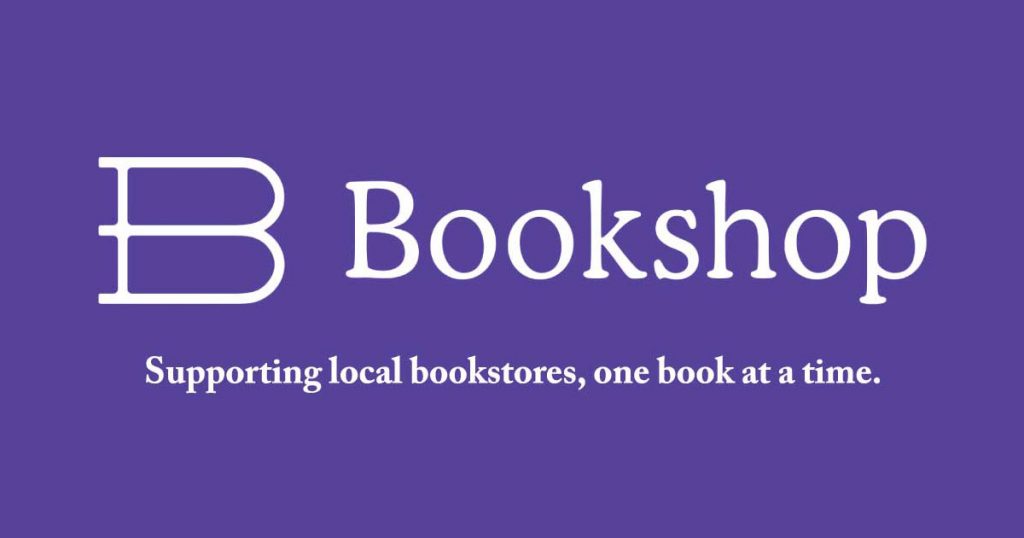
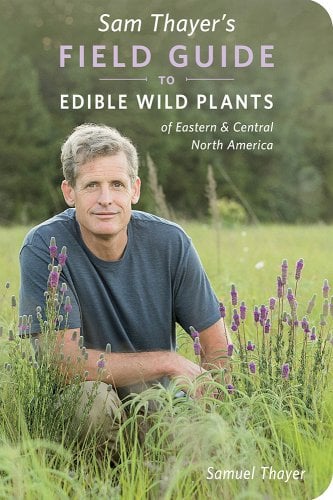
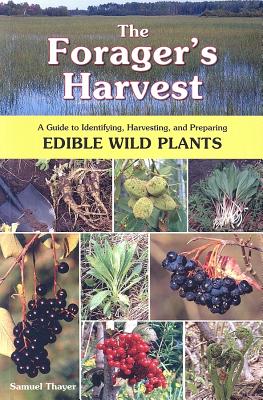



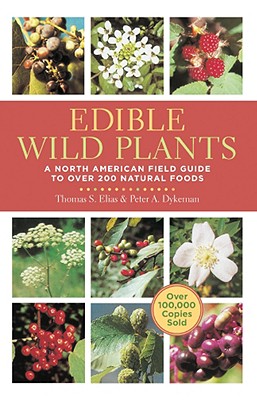








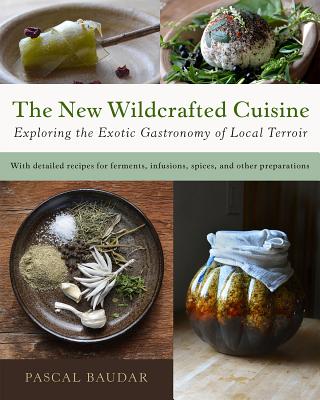

 Hi, I'm Susannah, a garden geek, energy nerd, and fan of healthy food and natural remedies. Need some simple, practical solutions for living healthier and greener? You've come to the right place! More about me and my green projects
Hi, I'm Susannah, a garden geek, energy nerd, and fan of healthy food and natural remedies. Need some simple, practical solutions for living healthier and greener? You've come to the right place! More about me and my green projects